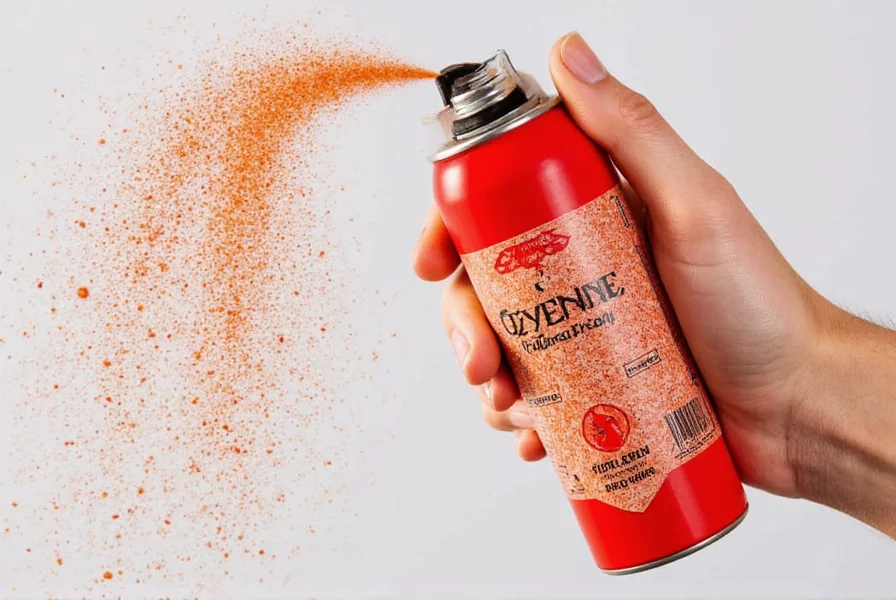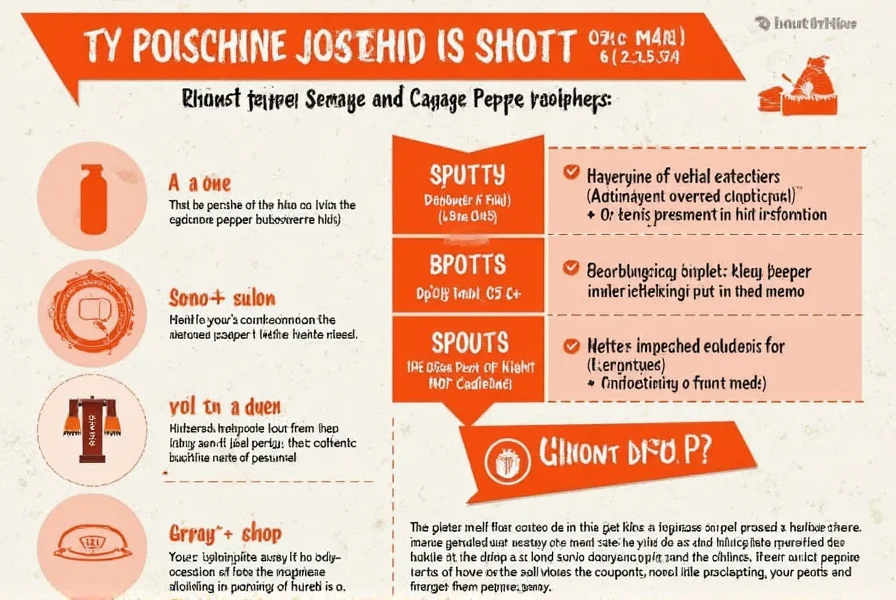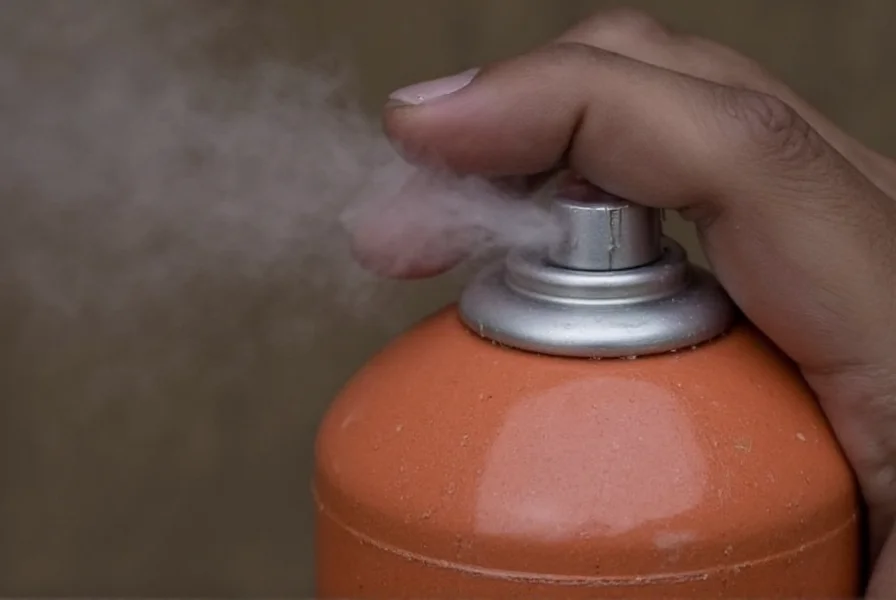Cayenne pepper spray has gained attention as a versatile natural solution for various applications, from personal safety to garden protection. Understanding its proper uses, effectiveness, and limitations is crucial for anyone considering this option.
What Exactly Is Cayenne Pepper Spray?
Cayenne pepper spray refers to formulations containing capsaicinoids extracted from cayenne peppers. These compounds create the characteristic burning sensation that makes pepper sprays effective deterrents. Unlike law enforcement-grade pepper sprays that typically use purified oleoresin capsicum (OC) with higher Scoville Heat Units (SHU), cayenne-based sprays generally contain lower concentrations of capsaicin.
The effectiveness of cayenne pepper spray depends on several factors including concentration, delivery mechanism, and environmental conditions. Most commercially available cayenne sprays for personal defense contain between 0.18% and 0.25% capsaicin, while garden formulations may vary significantly.
Primary Applications of Cayenne Pepper Spray
Cayenne pepper spray serves multiple practical purposes across different contexts:
| Application | Effectiveness | Recommended Concentration |
|---|---|---|
| Personal Safety | Moderate (less potent than OC sprays) | 0.18%-0.25% capsaicin |
| Wildlife Deterrent | High for small animals | 0.1%-0.2% capsaicin |
| Garden Pest Control | Variable (species-dependent) | 0.05%-0.1% capsaicin |
| Indoor Insect Repellent | Moderate for certain insects | 0.05% capsaicin |
How Cayenne Pepper Spray Works
The active component in cayenne pepper spray, capsaicin, triggers TRPV1 receptors in mammals' sensory neurons. This interaction creates a burning sensation that affects the eyes, nose, and respiratory system. The physiological response includes:
- Temporary inflammation of mucous membranes
- Excessive tearing and eye closure
- Nasal congestion and difficulty breathing
- Skin irritation at contact points
Unlike synthetic chemical irritants, cayenne pepper spray's effects are temporary, typically lasting 15-45 minutes with proper decontamination. The duration depends on concentration, exposure level, and individual sensitivity.
Cayenne Pepper Spray vs. Commercial Pepper Sprays
Many people confuse cayenne pepper spray with standard pepper spray. Understanding the differences is essential for proper usage:
Commercial self-defense pepper sprays typically contain 1.3% oleoresin capsicum (OC) with Scoville ratings between 2,000,000-5,300,000 SHU. In contrast, cayenne pepper spray usually contains lower concentrations of capsaicin (0.18%-0.25%) with Scoville ratings around 30,000-50,000 SHU.
When considering cayenne pepper spray for personal safety, recognize that it provides less stopping power than law enforcement-grade products. However, it may be preferable in jurisdictions with strict regulations on pepper spray concentration.

Safety Considerations and Proper Usage
Using cayenne pepper spray safely requires understanding proper handling techniques:
- Always test spray in a controlled environment before relying on it
- Avoid spraying against the wind to prevent self-contamination
- Store away from children and pets in a cool, dark place
- Wear gloves when handling concentrated solutions
- Never use near open flames as capsaicin is flammable
For personal defense applications, practice drawing and aiming your spray. The recommended technique involves short bursts (1-2 seconds) aimed at the attacker's face from a distance of 6-8 feet. Remember that cayenne pepper spray safety precautions are essential to prevent accidental exposure.
Legal Considerations Across Different Regions
Legal restrictions on cayenne pepper spray vary significantly by location. While generally less regulated than commercial pepper spray, some areas still impose restrictions:
- Check local ordinances regarding possession and use
- Some states limit capsaicin concentration in self-defense products
- Airport security typically prohibits all pepper spray variants
- International travel with pepper spray is generally prohibited
Understanding is cayenne pepper spray legal in your specific area prevents potential legal complications. When in doubt, consult local law enforcement or legal resources before purchasing or carrying.
Creating Effective DIY Cayenne Pepper Spray
For gardening and pest control applications, homemade cayenne pepper spray offers an affordable solution. Here's a reliable recipe:
- Combine 1 tablespoon cayenne pepper powder with 1 quart of warm water
- Add 1 teaspoon liquid dish soap to help the solution adhere to surfaces
- Let the mixture steep for 24 hours
- Strain through cheesecloth to remove solid particles
- Store in a labeled spray bottle away from direct sunlight
This formulation works effectively as making cayenne pepper spray for garden pest control. Reapply after rain and every 3-5 days for continued effectiveness. Avoid spraying during peak sun hours to prevent plant damage.

Limitations and Realistic Expectations
While useful in specific scenarios, cayenne pepper spray has important limitations:
- Less effective against determined human attackers compared to OC sprays
- Wind and rain can significantly reduce effectiveness
- Some animals develop tolerance with repeated exposure
- Shorter range than commercial self-defense sprays
- May cause unintended irritation to bystanders
When evaluating how effective is cayenne pepper spray, consider these limitations alongside your specific needs. For serious personal defense concerns, consult with security professionals about appropriate options.











 浙公网安备
33010002000092号
浙公网安备
33010002000092号 浙B2-20120091-4
浙B2-20120091-4